QuestionI got a fish tank for my boyfriend for Christmas and we just had our first really big problem. Our tank is 55g and the filter system is the one that hangs out the back. All our fish but our bottom feeders have died. We bought a PH and Ammonia testing kit and found our PH at 7.8+ and a low amount of ammonia. We do not know how to lower our PH. What would be the best step for us? We have real live plants and i'm wondering when the leaves die and get attached to the bottom part of the filter does this cause a problem on why our fish have all died? We had a normal amount of fish. a angel fish, couple of goramies (im sorry about the spelling) two bala sharks, a rainbow shark, a cat fish, a sucker bottom feeder and about 4 rosy tiger barbs.
Is there something else besides the ph and ammonia that could be killing these fish?
They were swimming in place, gasping for air... there fins went missing or were torn.
On a side note, are cichlids are tougher fish? and are there types of them that will not tear up plants?
AnswerHi Laura,
If the tank was not cycled prior to the fish being added the cycling process (ammonia and nitrite spikes that naturally occur during this process) is definitely what killed your fish. It doesn't matter how hardy the fish were, no fish usually survive the cycling process and so it's recommended that you complete this before adding any fish at all and when you do add fish to add them slowly so that the bioload doesn't become too much for the tank.
A healthy tank never has any ammonia, no nitrites and 5-20 ppm of nitrate. If your tank still has ammonia then you are still cycling and that isn't good. Typically with no fish the cycling process can take 2 weeks. With fish present and dying it can take 8-12 weeks and be very costly to you since you lose to much money on fish.
pH is highly overrated. There are a lot of tropical community fish that could have adjusted very well to living in a 7.8 pH. The key is that is't constant and stable. As long as it's always 7.8, the fish will usually be fine. It's the ammonia, nitrites and potentially high nitrates they could not live with and caused them to die off. First it causes stress, then illness and finally death.
Also, proper acclimation is required for fish to survive. Even when a tank is fully cycled and has 0 ammonia, 0 nitrite and 5-20 ppm nitrates only a few fish should be added at a time, letting the bioload adjust to the new fish and then in a week adding a few more and repeating until stocked. If you dump a bunch of fish in at once, even in a cycled tank, it's too much and the tank starts to re-cycle, also killing fish. It's also very important when you do buy new fish that you keep the bag covered during transport to your house, dim the lights in the room, and turn off the tank light while floating the bag on the water for 15 minutes with the bag open and folded down. After 15 minutes add 1/2 cup of tank water to the bag every 5 minutes until the bag is full. When the bag is full empty it halfway and add 1/2 cup of tank water every 5 minutes until the bag is full. This time, carefully net your fish and release them. Do not turn on the room or tank lights for at least 4-6 hours.
You also want to make sure that you do not overstock and I think that you were a bit. It's not the size at purchase or the rubbish 1 inch per gallon rule. It's the size of your tank, the filtration, the aeration, the current, the temp, the cycling and the size and requirements at the fish's maturity that count. I would never recommend keeping balas in anything less than a 70+ gallon tank. I also would not keep them with rainbow sharks. The balas simply get too large for 55 gallons and would have eaten the rainbow as they aged. The rainbow on the other hand is okay for a 55 gallon and as long as he is the only shark will make a great tropical community companion.
It's not the plants, it was the ammonia and nitrites and if you haven't tested for nitrites you need to be doing so, they are still 50% as lethal as ammonia. Gasping for air and physical ailments such as the torn fins are classic examples of ammonia poisoning.
The first step is to rid your tank of ammonia and nitrites and the ONLY way to do this is with water changes. Do not use chemicals that claim to remove them, this is false and gives you false testing results. The best thing to do is to lower the temp to 75 F if the fish you have can stand it and most cories and plecos can, do 1 emergency 50% water change and double dose the Seachem's Prime (use in place of whatever water conditioner you have now), add the recommended dose of a product called API Stress Coat and Tetra's Easy Balance (I would make these a regular in the tank with all of your water changes), and do a 25% water change every other day until you have 0 ammonia, 0 nitrite and 5-20 ppm nitrate. Then and ONLY then is it safe to add fish. And again, slowly, a few at a time, following the acclimation steps above and you'll have better success.
Cichlids won't be any tougher and again it wasn't the hardiness of the fish, it was the cycling process that killed them and would have killed anything.
Good luck : ) April M.

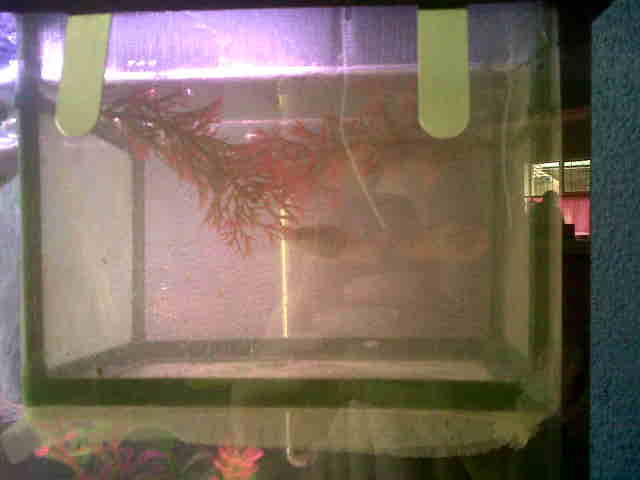 are my mollie about to drop fry?
QuestionQUESTION: Hello all, hope youre doing good ;-)m
are my mollie about to drop fry?
QuestionQUESTION: Hello all, hope youre doing good ;-)m
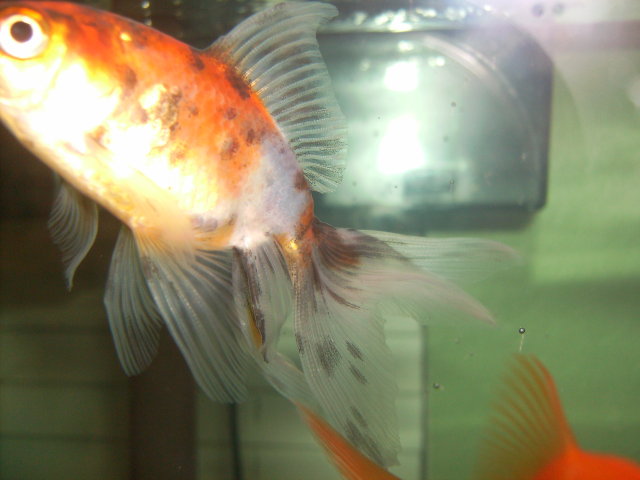 My fantail goldfish might have fungus
Questionthe sick fantail
QUESTION: Hello Jaymie,
My fantail goldfish might have fungus
Questionthe sick fantail
QUESTION: Hello Jaymie,
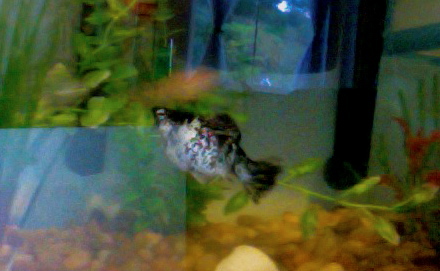 My Aquarium
Question
Dalmatian Molly
Alright wel
My Aquarium
Question
Dalmatian Molly
Alright wel
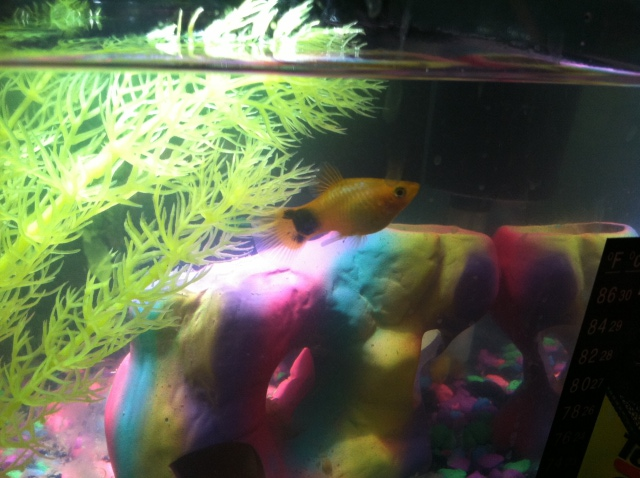 Is my neon Mickey Mouse platy moon fish pregnant
Question
Possibly pregnant
I originally bought 3
Is my neon Mickey Mouse platy moon fish pregnant
Question
Possibly pregnant
I originally bought 3
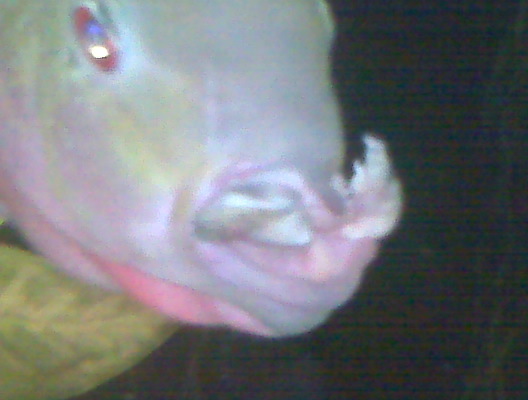 Flowerhorn Even Worse!
Question
Very Sick Flowerhorn
Hello, I sent an email ea
Flowerhorn Even Worse!
Question
Very Sick Flowerhorn
Hello, I sent an email ea